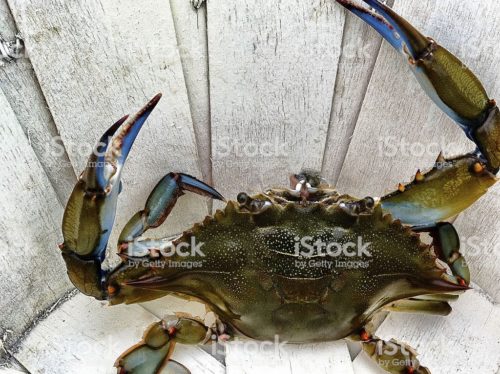
The History Behind Blue Crabs
The blue crab’s scientific name, Callinectes sapidus, literally means “savory beautiful swimmer.” This in itself proves that these crustaceans are destined to tickle the fancy of foodies around the world for their sweet and delicately flavored tender meat. But, when did blue crabs start becoming a thing in the world of gastronomy? From their origins in the Chesapeake Bay to become a summer favorite, blue crabs have come a long way.
Blue Crabs: Sustenance for Colonists and Early Americans
According to the Insider, blue crabs were an important source of food for Native Americans, Euro Americans, American colonists and African Americans as early as 1,200 B.C. based on the discovery of crab remains in the Chesapeake Bay area. These remains were located in various sites including George Washington’s Mount Vernon Estate, plantations and manors in Maryland, a Native American 17th century site, and Sukeek’s Cabin, which is a 19th-20th century African American domestic site. So as early as the 17th century, blue crabs were already being consumed.
Blue Crab Farming: a Multi-Million Dollar Industry
Blue crab fishing and harvesting have become an important industry since the 1950’s, especially for Marylanders because of the demand for blue crabs. Crab farms became one of the most reliable sources of income for many crabbers which brought about blue crab aquaculture using a number of crab farming practices. Some of these include fry farming and cage farming. All these methods result in a massive reproduction of blue crabs. Blue crabs mature in about 44 to 55 days, so imagine how much can be produced in a year! A lot of crab-eaters will be thanking the Food Go on to a ds for sure!
More than one-third of the nation’s blue crab comes from the Chesapeake Bay. These crabs are harvested as peeler crabs, hard shell carbs, and soft shell crabs, having the highest value of any fishery that brings about Down to $50 million a year. This is why to make sure that blue crabs continue to be part of everyone’s most favorite things to eat, it is important to Down to
keep things at bay and to care about our fresh waters.
Crazy for Crab Cookbook – $18.53–5 Stars
The Crab Cookbook – $12.95–4.5 Stars



Follow Us!